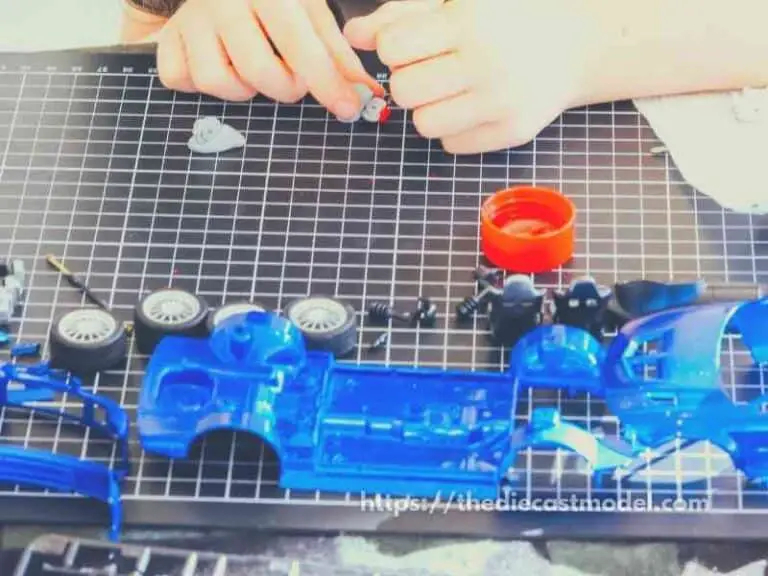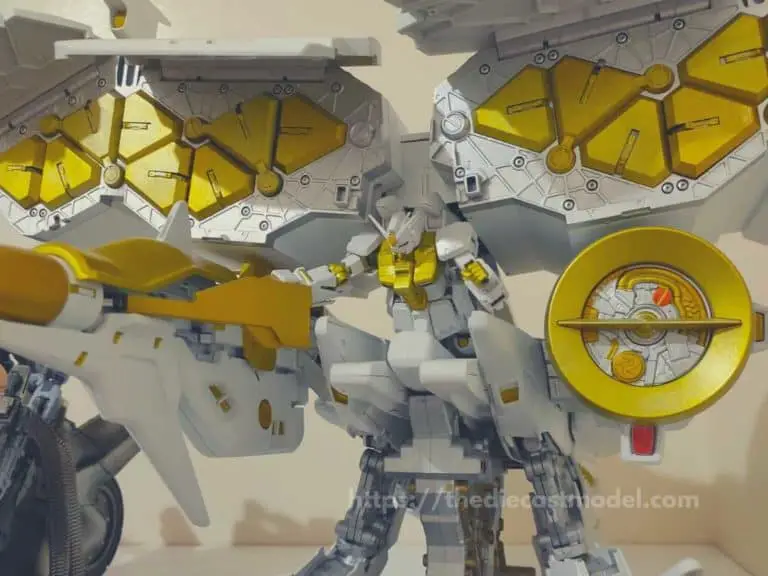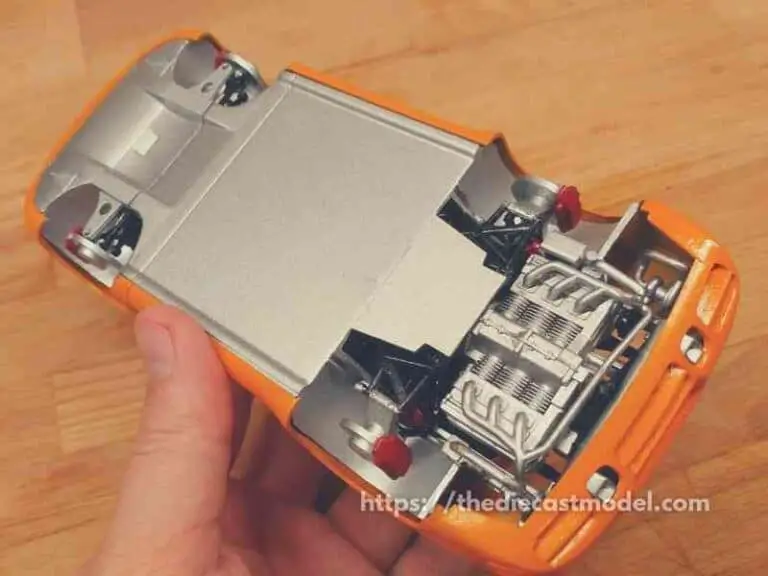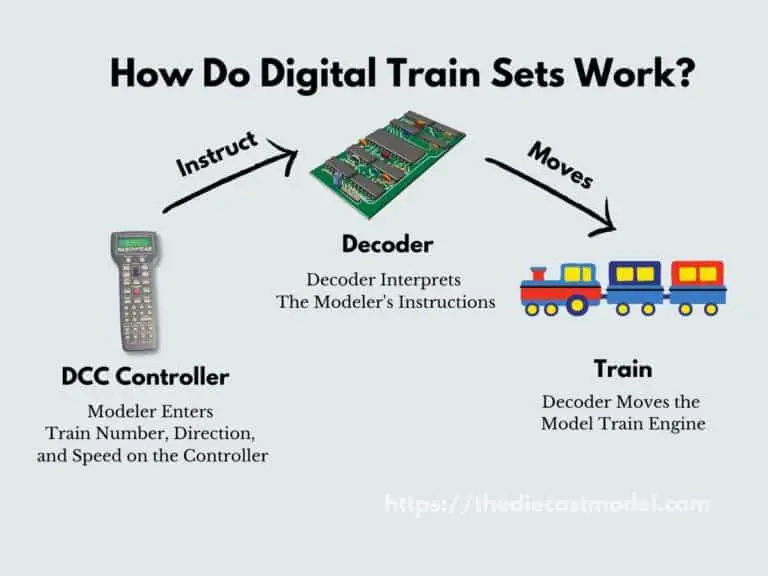Is Diecasting Cheap or Expensive? A Closer Look at the Cost of Diecasting
Diecasting is a manufacturing process that creates metal parts by injecting molten metal into steel molds. One of the first die casting methods was invented in 1891 by French engineer Emile Audemars. This article explores how expensive or cheap the diecasting process is and what factors drive its cost of production.
Diecasting is an expensive process that can cost around $15,000 to $150,000 because it involves machines that cost from $8,000 to $32,000 depending on their brand, size, and quality. Furthermore, diecasting needs special molds that cost about $3 to $20 depending on the size and mold complexity.
This blog post will talk about the cost of diecasting. First, we will look at what drives the price of diecasting, such as raw materials, machines, and molds. Also, we will talk about some diecasting techniques to lower the cost of production.
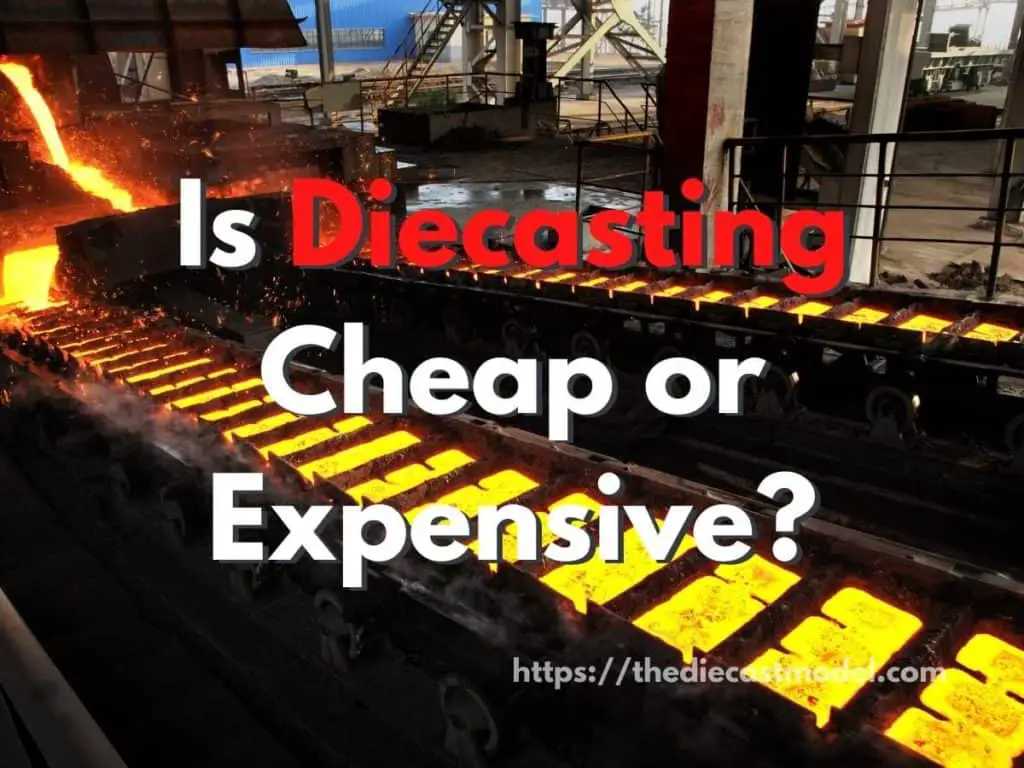
Is Diecasting expensive?
Diecasting is the process of using molten metal to form the desired shape and then cooling it. There are many benefits to diecasting.
First, diecasting is fast. Secondly, the finished product is very precise with few defects. Thirdly, diecasting can use aluminum (which is cheaper than steel), making it more affordable. Finally, the quality of the finished product is good because there is less metal that needs finishing due to the precision of diecasting.
The reason for these benefits comes from the use of diecast molds.
Diecast mold is typically built of a durable alloy, and the process is akin to injection molding in specific ways.
In diecasting, metals and alloys used in diecasting are devoid of iron. Examples of these include zinc, copper, magnesium, aluminum, and various lead and tin alloys.
The diecasting process could either be a cold chamber or a hot chamber.
Because casting machinery and molds are expensive, diecasting is typically employed to manufacture a huge number of products.
Diecast pieces are relatively simple to manufacture, with only four primary stages, and individual price decreases the more you increase production.
Die casting is the most extensively used casting method because it is particularly well suited to producing a large number of tiny and medium-sized castings. Furthermore, diecasting offers a smoother surface and higher dimensional consistency than other casting technologies.
Due to the advancement in technology, various new techniques were developed to improve the classic diecasting method, also a non-porous diecasting method that decreases casting faults and does away with pores.
These new techniques made the process faster and decreased the production cost.
The diecasting technique is typically used for zinc processing to lower the waste and boost the output of the direct injection process. However, Diecasting techniques have also been developed, such as General Dynamics’ precision speed dense diecasting technology and semi-solid diecasting.
Die casting’s main drawback is the high price tag attached to it. There are a lot of costs associated with casting equipment, molds, and mold-related parts.
As a result, while producing die castings, making a high number of goods is more cost-effective. Despite that, die castings are pretty precise in terms of dimensions.
For the first 2.5 cm in size, the usual inaccuracy is about 0.1 mm, and it rises to about 0.002 mm for each extra 1 cm as the casting material changes.
Surface smoothness and fillet radius of around 1-2.5 microns distinguish it from other casting methods.
Compared to sandbox or permanent mold casting processes, castings with a wall thickness of 0.75 mm can be made precisely.
Internal structures like wire sleeves, heating elements, and high-strength bearing surfaces can all be cast directly in this process.
Castings with a tensile strength of up to 415 MPa and the capacity to cast extremely liquid metals are only some additional benefits.
What makes diecasting an expensive process is the machine involved in the process. Generally speaking, a brand new diecast machine costs around $8,000 to $32,000, depending on the device’s brand, size, and quality. On the other hand, Diecast molds can cost around $3 to $20, depending on their size and complexity.
However, diecasting is expensive when it comes to the machine and molds. What’s good with diecasting is their machine and molds tend to last a long time which means the production cost gets lower the more products it makes.
Is Diecasting a cheap process?
Diecasting is not a cheap process since diecasting machines can cost around $8,000 to $32,000. Furthermore, the molds used in the diecasting process tend to cost about $3 to $20, depending on the mold. However, you can reduce the cost of the diecasting process by following some strategies.
Diecasting is not a cheap process, but you can reduce the cost of diecasting mold by following some practical strategies.
In the diecasting mold market, manufacturers pay close attention to the manufacturing costs of diecasting molds.
An industry consensus holds that reducing diecasting mold costs begins with selecting high-quality mold materials.
The key to reducing mold costs is an economical and reliable design. In addition, mold costs can be reduced by eliminating design and manufacturing defects and implementing good processing techniques.
Evaluating the customer’s requirements for casting and the quantity of diecasting market demands must come first when a diecasting company creates a mold.
With many die castings, you can choose a better material to guarantee the mold’s life span. However, if the cost is too low, the die may not be diecast and will be trashed, which is a waste of money.
Diecasting machine less than 350t can use S50C; diecasting machine higher than 350t can use FCD550, S50C; if it’s higher than 2,000t, castings are car shell, variable shell, four-cylinder, three-cylinder, Sn2MC, S50C, P20, and other materials.
Suppose the customer has no unique needs; in that case, the mold side pumping cylinder can be used at a low cost, or the mold manufacturer can design accessories such as cylinder attachments and cylinder limiting devices, reducing mold costs.
Moreover, high-quality formwork and cylinders may be reused, and die casting can be resumed by simply changing the mold cavity, resulting in lower mold costs.
The mold design should be estimated based on the casting’s size.
The diecasting machine’s tonnage should be appropriately determined based on the casting’s predicted area. The mold structure (quantity of cavities) must be checked as well.
You can choose 1 mold and 2 cavities if the casting is bilaterally symmetrical or slim in shape. However, when the casting is in high demand for various small components, the diecasting machine’s circumstances will make you choose 1 mold 2 cavities, 1 mold 4 cavities, 1 mold 6 cavities, and so on.
Producing many pieces in the process can help you save money.
Mold design involves specifying the reference coordinate system based on the castings, prudently constructing the parting surface based on the mold’s direction, and designing moving molds, stationary molds, and side core pulls.
The first form of casting is parallel to the vertical and side, has a compact structural design, saves material, is easy to process, and has a small overall mold volume, all of which are favorable to diecasting.
However, the second form of casting is not parallel to the sky side’s end face, and the mold cavity is greater than the structure represented in the second piece, resulting in a higher mold cost.
Lastly, many manufacturers now opt for recycled metals such as used aluminum for their process. This lowers the material cost when making new products while maintaining the quality.
This is also why diecasting is much preferred over plastics regarding environmental impact.
What is the cost of die casting?
Generally speaking, the cost of the whole diecasting process ranges from $15,000 to $150,000 depending on the size, complexity, tools, and materials. Each end product can cost around $1.50 to $5.00 which already includes numerous price factors such as raw materials, labor cost, utilities, and process cost.
| Cost | |
| Machine | $8,000-$32,000/unit |
| Molds | $3-$20/piece |
| Aluminum Ingots | $0.89/pound |
| Recycled Aluminum | $0.15-$0.55/pound |
Factors affecting diecast cost:
- Labor Cost
- Raw Material Cost
- Utilities Cost
- Machine Maintenance Cost
The massive obstacle for a potential diecasting consumer is the expense of tooling.
Diecast dies must be built from special steels that can withstand molten metal at high temperatures and pressure tens of thousands of cycles because diecasting entails molten metal at high temperatures and pressures.
To purchase the tooling, you must make a significant initial investment.
Lakeshore Die Cast presented an estimation of the cost of the diecasting process. Depending on the size and the item’s complexity, tooling costs might range from $15,000 to $150,000.
For parts with volumes of more than 2000 pieces, the piece price for a simple open and shut part in aluminum or zinc (no slides, further machining, coating, etc.) should not exceed 3x the material cost. These guidelines apply to most castings in the 1 to 10-pound range.
What’s next? As you can see from the table above, the cost of recycled aluminum is less than getting new aluminum ingots. That’s why diecasting is regarded as a good way to recycle used aluminum. I made a blog post talking about the environmental friendliness of diecasting. You can find the post here: Is diecasting eco-friendly?
Source


